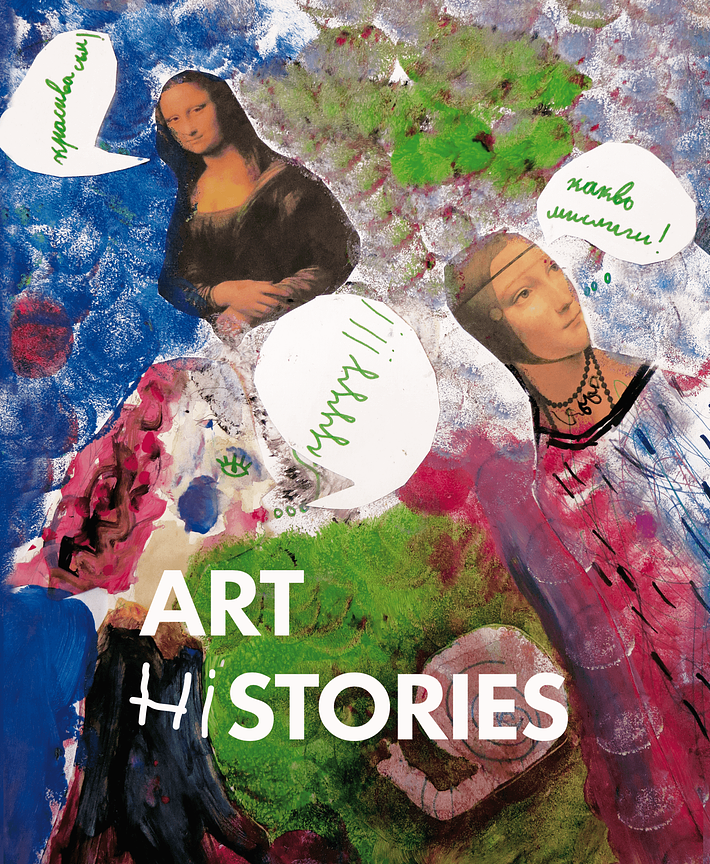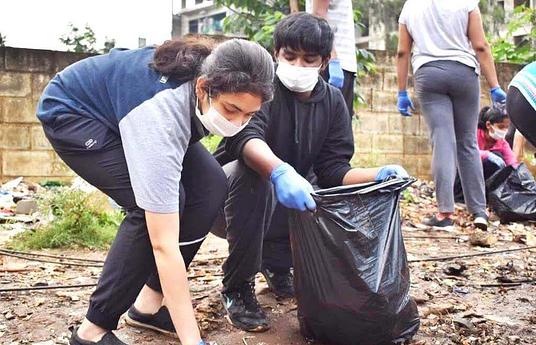In his emblematic work "Psychology of Art", Lev Vigotsky argued that all applied aspects of art boil down to its educational influence on the personality. Indeed, during the classical period, art simultaneously performed two important functions: it was a form of expression as well as an educational tool. Liberal arts (ars liberalis) was the oldest program of higher education in Western history, which originated from the attempt to discover those universal principles that are conditional for the existence of everything and everyone...
A deep reflection on history, art and education from modern times’ perspective may open up important questions: What is the relationship between art and life; between aesthetic response and all other forms of human behaviour? How can we explore the mechanisms through which art plays a role in the general human behavioural system? Would life be different if our society treated art as a holistic educational model (again)? And at what developmental stage of life is art education needed and meaningful?
This kind of questions pushed us into making an attempt to start systemising and explaining the endless potential which the unique combination between art and history has for humanity; starting as early as we could - with the 3-years olds. The aim was to create a constructivist and innovative approach to art history for the early and middle years. The necessity for it was born from the insight that there is hardly a discipline that is more holistic and transdisciplinary: through the context of a particular work of art the child can (intuitively or deliberately) connect to every sphere of human knowledge and activity - to history, psychology, sociology, religion, philosophy, culturology, politics, literature, biology, music, mathematics, physics, engineering, spirituality... In fact, the list is endless because, above all, art history is a discipline which opens the awareness to the different perspectives from which one can experience the multifaceted human existence.
A child’s drawing is a form of expression. History, as the very word (hi-story) suggests, is a form of expression, too. We need to keep this in mind, especially when working with younger children (aged 3-7). Expanding art history into art (hi)stories means respecting children's minds, to which history is not in the least limited to a set of encyclopaedicfacts. Instead, the children should be provoked to connect with art and history through the prism of their individuality and their here and now; through dialogue and narrative; through play and imagination; through creative exploration of the past and its traces in the present. We believe that, when confronted with art history, children need to have the opportunity to go far beyond imitation, creating new artistic constructs. This way they can develop the feeling, the deep intuition and the knowledge how painting can serve as an instrument for visual thinking and for solving problems. They can come to the understanding that great artists have remained in history precisely because they have been able to acquire and perfect their skills in visual thinking in a new and unusual way for their time like. Working in such matter and documenting children's discussions, drawings and stories in a systematic way allows us, educators, to observe the connection between children and art in its very core: art as an instrument of expression that helps them to understand the world but also to see and reflect how the world is changing through their personal consciousness.
“Art (Hi)Stories“ began in 2017 as a local initiative that meets children from the age of 3 to 12 years with the history of art in museum and/or educational settings. In Varna, a Bulgarian city where museums are predefined as adult spaces and museum education is not common, the project aims to welcome children into the two major city museums - Archeological Museum of Varna and City Art Gallery “Boris Georgiev” - in a way which respects the children's personalities and voices and makes them matter. An important goal is to initiate a two-way dialogue between spaces, artefacts and children - allowing the children to act not only as consumers and connoisseurs but also as competent citizens and as creators of visible culture of mutual respect while marking public places with their own, lasting traces of creativity, imagination and knowledge.
As a result, in 2019 the book "Истории за изкуството" ("Art (Hi)Stories") was published in Bulgarian. It contains notes on the methodology (mainly influenced by Vigotsky's constructivism and the Reggio Emilia approach) as well as a full documentation of one project cycle (09.2018/05.2019): drawings and stories by 18 children participants in the project. The book aims to make visible the versatile and unique potential which art has for the holistic development of the personality in early age. Detailed individual analysis of the pedagogical documentation has further been used to look closer at and put human development phenomena like the egocentrism stage or neuron mirroring in a new light. This way more unusual aspects of the relationships between art and play; imagination and representation; drawing and communication became visible, allowing us new insights into the complex and multifaceted relationship between art and life.
The initiative has had a significant local impact, helping the local community to grow knowledge and respect for the children's rights and ways to creatively participate and influence the cultural life of the city. The book's official presentation on the First National Conference about the Reggio Emilia Approach in Bulgaria has made it also popular among educators from across the country. Currently, "Art (Hi)Stories" is being further developed and has the potential to be applied as a constructivist approach to art history in art museums and schools in various cultural or social contexts. Last but not least: the pedagogical documentation of (hi)stories of art coming from children in different communities could opens new doors to the enigma of creativity and its unique potential for humankind. Walking on the path of history of art - from ancient to modern times - children's stories could help us construct a vivid and holistic image of art which is developing like an integral part of everything else: of human's creative and spiritual thinking; of nature and the outside world; of the elusive dimensions of time and relationships.



